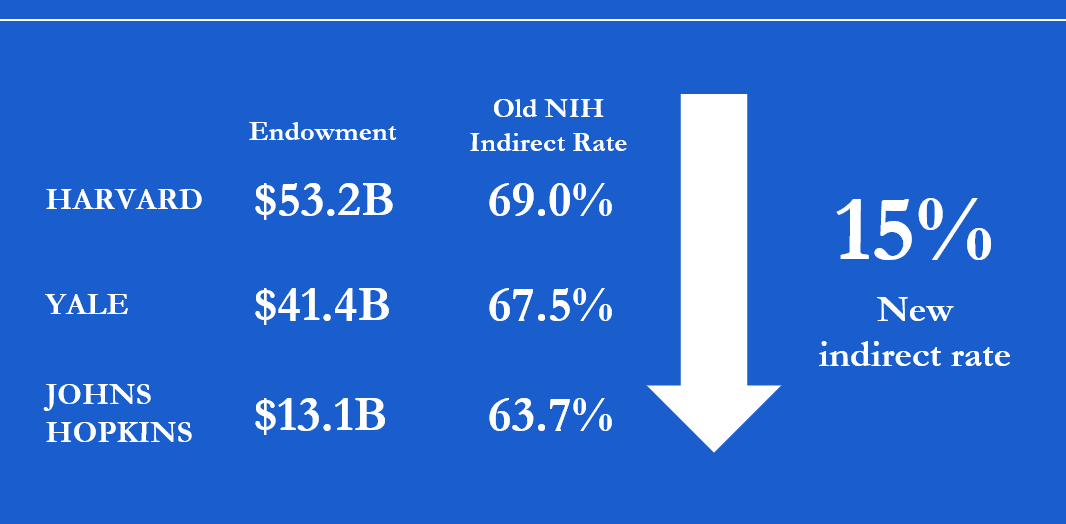
Zach Danziger
@DanzigerZachary
Followers
242
Following
2K
Media
41
Statuses
722
Associate Prof of Rehabilitation Medicine and Biomedical Engineering @Emory working on neural interfaces of the brain and bladder.
Atlanta, GA
Joined July 2019
To whatever #Neuroscience lab needs to hear it: don't be pressured to switch from #matlab to python if it's not the right tool. You do you.
1
1
3
RT @FanChaofei: 4 yrs ago, I jumped from AI into Brain-Computer Interface (BCI) research—with almost zero neuroscience experience. Today,….
0
11
0
If you do #BCI work, I would love to know if this decoder works as well for you as it did for us.
1
0
0
Discrete velocity decoding worked very well for a monkey using an intracortical #BCI as well. (37% target hits with the Wiener filter vs 61% with DDS).
5
0
0
The discrete direction decoder (DDS, purple) makes staircase-looking cursor paths, but people do really well with it in our iBCI model, hitting way more targets than standard decoders. tl;dr on the #BCI model we used (the jaBCI):
1
0
1
Suppose you wanted to use shrewd monetary policy to responsibly make biomed research more efficient, what would you do?.For inflation, the FedReserve would deliberate for months and change int. rates by 0.25%. Here, without *any* warning, NIH changes rates by ~35% over a weekend.
Last year, $9B of the $35B that the National Institutes of Health (NIH) granted for research was used for administrative overhead, what is known as “indirect costs.” Today, NIH lowered the maximum indirect cost rate research institutions can charge the government to 15%, above
0
1
5
Whatever you think about cutting overhead, slashing it this severely, unexpectedly, and suddenly will do more harm to biomedical research than it will do good for reigning in administrative bloat.
Last year, $9B of the $35B that the National Institutes of Health (NIH) granted for research was used for administrative overhead, what is known as “indirect costs.” Today, NIH lowered the maximum indirect cost rate research institutions can charge the government to 15%, above
0
2
5
RT @CarlosdelRio7: Impact of NIH funding in Georgia: .NIH AWARDS FUNDING: $780 M.JOBS SUPPORTED: 11,816.ECONOMIC ACTIVITY SUPPORTED: $2.18….
unitedformedicalresearch.org
economic impact of NIH research in Georgia
0
320
0
Many science SM posts are about new grants and papers, which makes it hard to get a realistic sense picture of what its like applying for grants. To help, especially for #newPI, I'm sharing a record of my grant submissions. Details on the blog:
1
0
2
Ever had an incomplete (ODE) model of a system but can't complete it because your system has some lurking states you can't record? We have a method to accurately infer the missing state *and* build a neural ODE for its equation! . It's at AAAI 2025:
arxiv.org
Learning dynamics governing physical and spatiotemporal processes is a challenging problem, especially in scenarios where states are partially measured. In this work, we tackle the problem of...
1
0
1








